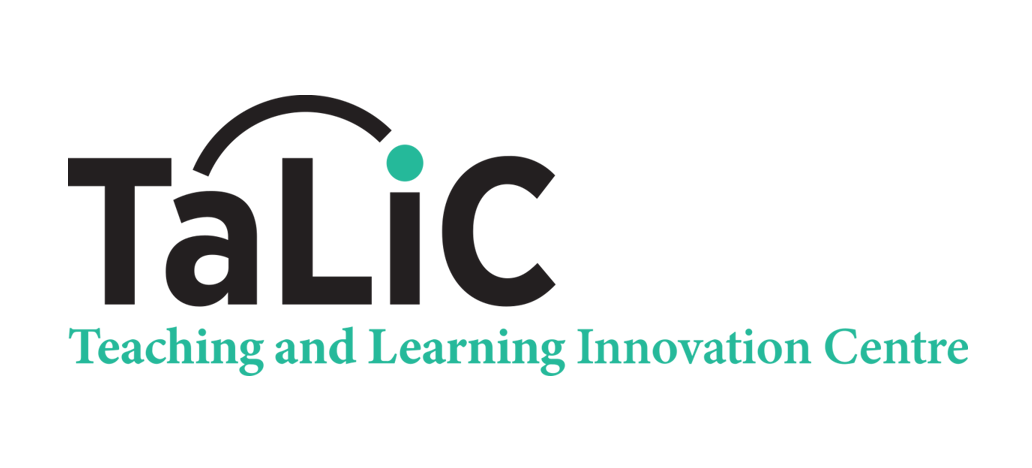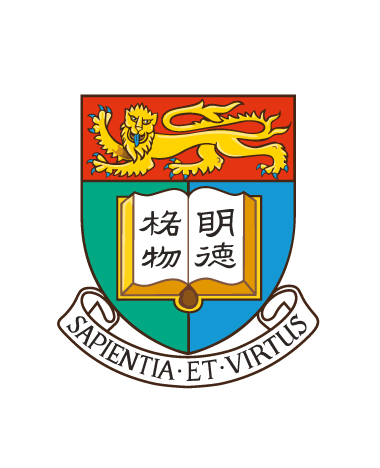You can download the template for summative peer review of teaching at HKU here [For HKU Staff only]
Informed by Chism’s (2007) work, the following eclectic list of items aims to support faculties in the adaptation of the peer review of teaching template to suit the requirements of the disciplines they teach and the different types of teaching sessions.
The prompts presented can be used to guide observations and note taking during the process of classroom observations. It is not necessary for teachers to write a note in response to every single prompt.




